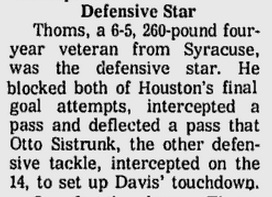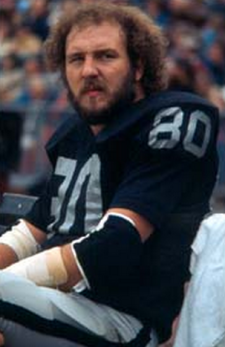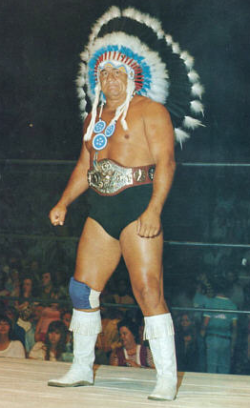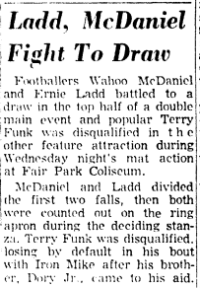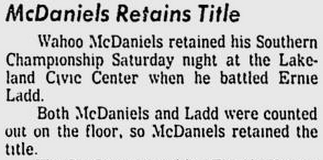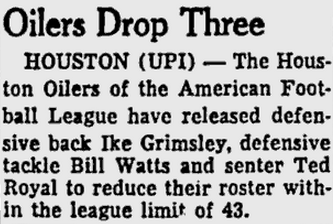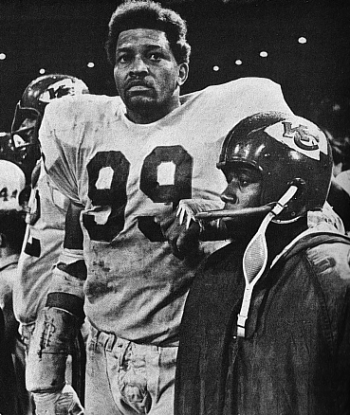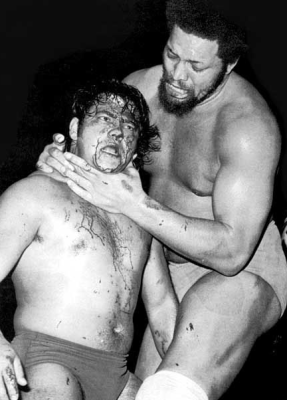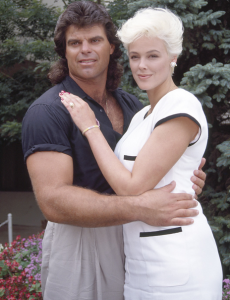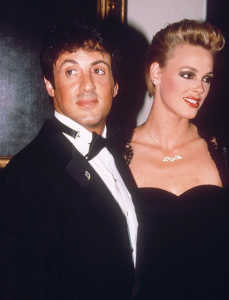Yards-per-catch averages in the NFL have been going down, down, down for decades — from 14.5 yards in 1950 to 13.2 in 1970 to 12.5 in 1990 to 11.6 this season. You can blame it on everything from zone defenses to the West Coast offense to the rise of the tight end. So when a receiver averages 20 yards a reception, as the Redskins’ DeSean Jackson has done in the first eight games, it’s worthy of mention.
Thanks to a league-leading seven catches of 40 yards or more, Jackson is averaging 20.8 yards on 32 grabs. If he sustains that pace the rest of the way — 64 catches (a nice, round four a game), 20-plus yards a reception — he’ll be just the 10th receiver in NFL-AFL history to reach those levels. Here are the first nine, many of whom should be familiar to you:
RECEIVERS WITH 64 CATCHES, 20-YARDS-PER-CATCH AVERAGE IN A SEASON
| Year Receiver, Team | Rec | Yds | Avg |
|---|---|---|---|
| 1998 Eric Moulds, Bills | 67 | 1,368 | 20.4 |
| 1988 Jerry Rice*, 49ers | 64 | 1,306 | 20.4 |
| 1983 Mike Quick, Eagles | 69 | 1,409 | 20.4 |
| 1967 Don Maynard*, Jets | 71 | 1,434 | 20.2 |
| 1965 Lance Alworth*, Chargers | 69 | 1,602 | 23.2 |
| 1963 Bobby Mitchell*, Redskins | 69 | 1,436 | 20.8 |
| 1961 Charley Hennigan, Oilers | 82 | 1,746 | 21.3 |
| 1960 Bill Groman, Oilers | 72 | 1,473 | 20.5 |
| 1951 Crazylegs Hirsch*, Rams | 66 | 1,495 | 22.7 |
*Hall of Famer
Five of the nine are in Canton, so it’s not just anybody who has accomplished this feat. Note, too that Groman and Hennigan did it in the first two years of the AFL, when the league wasn’t nearly as strong as it would be later. If you eliminate them, you’re down to seven receivers — an awfully small group. And Jackson might join them.
(FYI: If you want to lower the bar to 60 receptions, you get four more names, including James Lofton.)
It’s hard for a high-volume receiver to average 20 yards a catch. He simply runs too many underneath routes. The most a 100-reception guy has averaged is 16.1 (the Lions’ Calvin Johnson on 122 grabs in 2012). The most a 75-reception guy has averaged ––since Hennigan, at least — is 19.9 (the Rams’ Torry Holt in 2000 and Cardinals’ Roy Green in 1984). Jackson, though, has only once caught more than 62 balls in a season, so a 20-yard average is more conceivable for him. Indeed, he averaged 22.5 in 2010 (but on 47 receptions).
Yards per catch certainly isn’t the most celebrated statistic, but it reflects an ability to make big plays. Every offense needs a receiver like that, one who can stretch the defense and create space for his teammates.
Jackson, by the way, has four 100-yard games through Week 8. Only one receiver in Redskins history has had more: Mitchell, who had five in 1962, the year he helped integrate the franchise. The others, besides DeSean, with four: Santana Moss in 2005, Henry Ellard in 1994 and Mitchell again in ’63. Interesting: Mitchell (’62), Moss and Ellard were, like D-Jax, in their first year with the club.
Source: pro-football-reference.com

